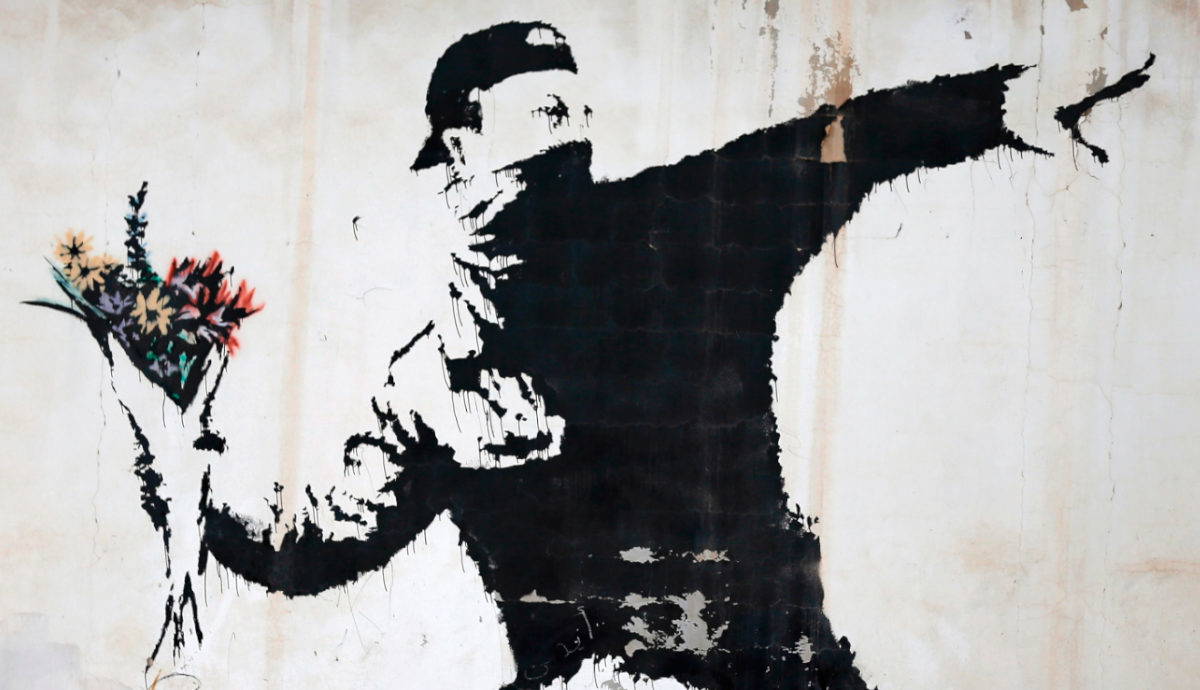
James Peak has a new show on BBC’s Radio 4, completely dedicated to the famous street artists. Through the podcast, he tries to explain where his fascination with this mysterious person from the world of art comes from. Bansky’s graffiti circulates all over the world. His graffiti are not just street art, they always carry a message. How did he manage to gain popularity and for everyone to know who he is without anyone ever seeing him?
James Peak’s Fascination With Banksy’s Mistique

Peak’s fascination with the anonymous artist began at the beginning of the new millennium, when he moved to East London. His attention caught “little rats sprayed everywhere…. And more and more of Banksy’s street pieces just started to reveal themselves”. Many fans are attracted by the quality of the art and stories from them. But for Peak, something more hides there.
That was certainly his mysteriousness. People from the art world always wanted to know Banksy’s identity. In addition to the mystery, there is a combination of speed of creation with quality of work. All in order to avoid the authorities. “There’s a great line in his latest show, which I think is something like: ‘Monet had light, Hockney had color and I’ve got police response time”, Peak says.

Thanks to his anonymity, Banksy conducts his campaigns freely and spreads messages. Because of this, a small number of people know who he is and don’t talk about it. In order to keep everything under control. But, Peak devoted an entire year trying to get acquainted with Banksy’s collaborator and gallerist Steph Warren for the podcast. She worked in his print house Pictures on Walls in Shoreditch.
“He is a very clever man”, Steph Warren

The reason why Warren can talk about Banksy is the non-signing of a non-disclosure agreement. He was quite reserved. You could tell that he had a lot going on in his head. And I hate to use the word genius, because I wouldn’t want to call him a genius! But he’s a very clever man. [He had] a lot of philosophies and concepts that I just didn’t understand at the time, but through his work, I was able to learn”, she said.
Warren claims that Banksy approached her in the workplace one day and requested her to model for what became his most well-known painting, Sweeping It Under the Carpet, which featured a maid at work. She unmistakably reminds of Warren. She also says she had a heroin-addiction problem, and that Banksy found out about it. The artist took her for a walk and tried to talk to her about it, which she refused.

She reveals that after she was unavailable for the final Banksy project store, she parted up with the artist. She claimed that because she failed to oversee the waiting area, Banksy became unusually “fuming” with her. Soon after that, she stopped working, she was accused of illegally selling his work. In the end, it all ended well. She says: “I think he’s a real force for good overall, even if my personal experience isn’t quite that”.










